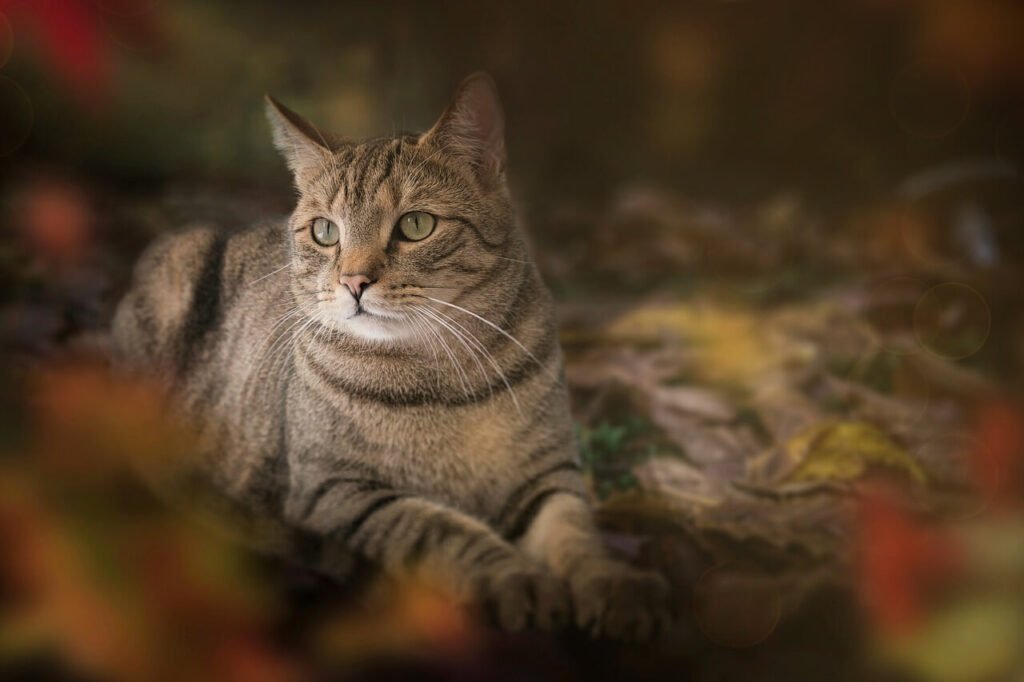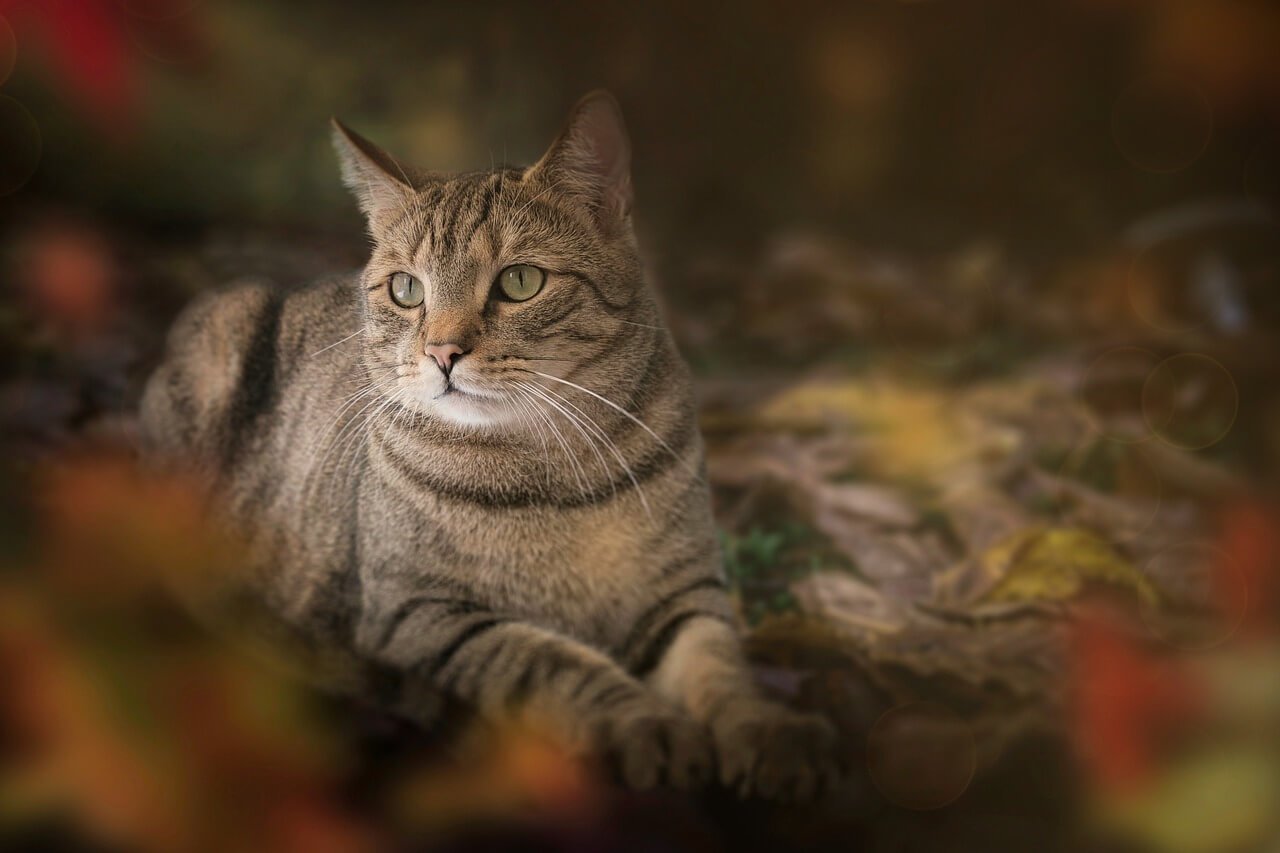Why Is My Cat Crying? Understanding Your Feline Friend’s Vocalizations
Cats are known for their mysterious and independent nature, but when they cry or vocalize excessively, it can leave pet owners feeling concerned. Whether it’s a soft meow or a loud wail, your cat’s crying could mean a variety of things—ranging from simple attention-seeking to more serious health concerns. Understanding the reasons behind your cat’s vocalizations is key to ensuring their well-being and strengthening the bond you share. In this blog post, we’ll explore the common causes of cat crying, how to interpret their sounds, and what steps you can take to address their needs effectively.
Common Reasons Why Cats Cry
When your cat cries, they’re trying to communicate something important. By identifying the underlying cause, you can respond appropriately and provide the care they need. Here are some of the most common reasons for feline vocalization.
Hunger or Thirst:
Cats often cry when they’re hungry or thirsty, especially if mealtime is delayed. Their cries may intensify as they try to get your attention.Loneliness or Boredom:
Cats are social creatures, and prolonged isolation can lead to crying as a way to express their need for companionship or stimulation.Attention-Seeking Behavior:
If your cat feels neglected, they may cry to demand affection, playtime, or interaction with you.Stress or Anxiety:
Changes in their environment, such as moving homes or introducing a new pet, can trigger stress-induced crying.Mating Calls (in Unspayed/Unneutered Cats):
Unfixed cats may cry loudly during mating season as part of their natural reproductive behavior.
Understanding these triggers can help you address your cat’s needs promptly and reduce unnecessary crying.

How to Interpret Different Types of Cat Cries
Not all cat cries are the same—they vary in tone, pitch, and urgency depending on what your cat is trying to convey. Learning to interpret these sounds can help you respond more effectively.
Soft Meowing:
A gentle meow often indicates a friendly greeting or a polite request for attention or food.Loud Wailing or Yowling:
This type of cry may signal distress, pain, or discomfort, particularly in older cats or those experiencing health issues.Chirping or Chattering:
Cats sometimes chirp or chatter when they’re excited or frustrated, such as when watching birds outside a window.Prolonged Crying at Night:
Nighttime crying could indicate loneliness, hunger, or even cognitive dysfunction in senior cats.Growling or Hissing Accompanied by Crying:
These sounds suggest fear, aggression, or territorial behavior, often triggered by perceived threats or conflicts.
By paying close attention to your cat’s vocal patterns, you can better understand their emotional state and act accordingly.
Check this guide 👉Cat Crying Blood: Best 7 Expert Tips!
Check this guide 👉Why Does My Cat Cry at Night? Best 7 Expert Tips!
Check this guide 👉Warning Signs Your Cat Is Crying for Help: Best 7 Tips!
Reasons for Cat Crying | Possible Solutions |
|---|---|
Hunger or thirst | Stick to a consistent feeding schedule |
Loneliness or boredom | Spend quality time playing or cuddling |
Stress due to environmental changes | Gradually introduce changes to reduce anxiety |
Mating calls in unfixed cats | Consider spaying or neutering |
Pain or illness | Schedule a vet visit for diagnosis |
Steps to Address Excessive Crying
If your cat’s crying becomes persistent or disruptive, taking proactive steps can help alleviate the issue. Here’s how you can address excessive vocalization effectively.
Rule Out Medical Issues First:
Schedule a vet appointment to ensure there are no underlying health problems causing your cat’s crying.Establish a Routine:
Cats thrive on consistency, so maintaining regular feeding, play, and sleep schedules can reduce anxiety-related crying.Provide Mental and Physical Stimulation:
Engage your cat with interactive toys, scratching posts, or puzzle feeders to keep them entertained and mentally sharp.Create a Calm Environment:
Minimize loud noises, sudden changes, or stressful situations that might trigger crying episodes.Reward Quiet Behavior:
Reinforce positive behavior by rewarding your cat with treats or praise when they remain calm and quiet.
By addressing the root causes and implementing these strategies, you can help curb excessive crying and improve your cat’s overall well-being.
Special Considerations for Senior Cats
As cats age, their behavior and communication patterns may change. Excessive crying in older cats often requires special attention to ensure their comfort and health.
Cognitive Dysfunction Syndrome (CDS):
Similar to dementia in humans, CDS can cause confusion and disorientation, leading to nighttime crying or restlessness.Arthritis or Joint Pain:
Older cats with joint issues may cry due to discomfort, especially when moving or jumping.Vision or Hearing Loss:
Cats experiencing sensory decline may cry out of fear or frustration as they navigate their surroundings.Increased Need for Comfort:
Senior cats often seek more affection and reassurance from their owners, which can manifest as crying for attention.Monitoring Health Regularly:
Frequent vet check-ups are crucial to detect and manage age-related conditions that may contribute to crying.
Understanding these unique challenges helps ensure your senior cat receives the care and compassion they deserve.
Signs That Your Cat’s Crying Requires Immediate Attention
While occasional crying is normal, certain signs indicate that your cat’s vocalizations require urgent care. Recognizing these red flags can prevent potential health complications.
Crying Accompanied by Lethargy:
If your cat seems unusually tired or unresponsive along with crying, it could signal a serious illness.Persistent Crying Without Obvious Cause:
Nonstop crying that doesn’t stop despite addressing basic needs warrants a vet visit.Crying During Movement:
If your cat cries when walking, jumping, or standing, it may indicate pain or injury.Loss of Appetite or Vomiting:
These symptoms combined with crying suggest gastrointestinal or systemic issues.Sudden Behavioral Changes:
A normally quiet cat who suddenly starts crying excessively may be experiencing stress or illness.
Prompt action in these scenarios ensures your cat receives timely care and alleviates unnecessary suffering.
How to Prevent Excessive Crying in Kittens
Kittens are naturally vocal as they adjust to their new environment, but excessive crying can sometimes indicate unmet needs. Here’s how to manage and prevent it.
Provide Warmth and Comfort:
Kittens often cry when they feel cold or insecure. Ensure they have a cozy bed and access to warmth.Feed Them Regularly:
Young kittens require frequent meals; missing a feeding can lead to crying due to hunger.Socialize and Play:
Spending time playing and cuddling with your kitten reduces feelings of loneliness and builds trust.Avoid Overstimulation:
Too much noise or activity can overwhelm kittens, leading to stress-induced crying. Keep their environment calm.Monitor for Health Issues Early:
Kittens are vulnerable to infections and illnesses, so any unusual crying should prompt a vet check-up.
With proper care and attention, you can help your kitten feel secure and minimize excessive crying.
Creating a Peaceful Environment to Reduce Crying
A calm and enriching environment plays a significant role in reducing your cat’s stress-related crying. These tips can help create a soothing atmosphere for your feline friend.
Designate a Safe Space:
Provide a quiet area where your cat can retreat when feeling overwhelmed or anxious.Use Calming Scents:
Products like pheromone diffusers can help relax your cat and reduce stress-induced vocalizations.Maintain Consistent Lighting:
Avoid sudden changes in lighting, as cats are sensitive to bright lights or darkness that disrupts their routine.Limit Loud Noises:
Keep noise levels low, especially during times when your cat is likely to rest or sleep.Offer Familiar Items:
Surround your cat with familiar bedding, toys, or scents to provide a sense of security.
By fostering a peaceful environment, you can significantly reduce your cat’s stress and, in turn, their crying episodes.
FAQ
Why does my cat cry at night?
Nighttime crying can occur due to loneliness, hunger, or age-related restlessness.
Is it normal for kittens to cry a lot?
Yes, kittens often cry to seek warmth, food, or reassurance from their mother or caregivers.
Can cats cry because of jealousy?
While cats don’t experience jealousy like humans, they may cry if they feel neglected or overshadowed by other pets.
Should I ignore my cat’s crying?
Ignoring occasional crying is fine, but persistent crying should not be ignored as it may indicate an unmet need or health issue.
How can I stop my cat from crying for attention?
Redirect their energy with toys or structured playtime, and avoid reinforcing the behavior by giving in immediately.
Listening to Your Cat’s Needs Through Their Cries
Cats use their voices to communicate with us, and understanding why your cat is crying is an essential part of responsible pet ownership. By recognizing the causes behind their vocalizations—from hunger and loneliness to pain and stress—you can provide the care and support they need to thrive. Remember, every cry is a message, and responding with patience and empathy strengthens the bond you share. Whether it’s through playtime, routine adjustments, or veterinary care, addressing your cat’s needs ensures they feel safe, loved, and understood.
Cuterebra Larvae in Cats: Best 7 Expert Tips! – Expert advice on signs, treatment & prevention of this rare but serious feline parasitic infestation.
Cuterebra Larvae in Dogs: Best 7 Expert Tips! – Expert advice on signs, treatment & prevention of this rare but serious parasitic infestation.
Cat Tumor on Paw: Best 7 Expert Tips! – Expert advice on signs, diagnosis, treatment & care for feline paw tumors.
Panacur Side Effects in Dogs: Best 7 Expert Tips! – Safe usage, common reactions & when to call the vet.





